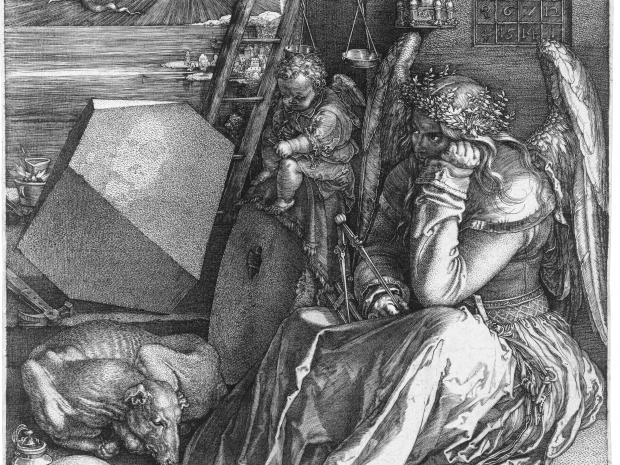
The "500 Years of Melancholia in Mathematics" conference will take place in New York City on Saturday, May 17, 2014 at New York University's Brooklyn location. Join us as we revisit and further explore great mathematical achievements of the late twentieth and early twenty-first centuries. Subjects include three dimensional geometry, topology, and combinatorics of two dimensional arrays, and more recent areas of additive number theory and computer science, whose roots can be traced back to Dürer, almost 500 years ago.
The conference is open to the public and hopes to address a wide audience of high school and college students, mathematics and computer science enthusiasts, and professional mathematicians, computer scientists and engineers in the New York metropolitan area.
The following lectures will be streamed live at engineering.nyu.edu/live.
Featured Speakers:
- 10:30 am: Richard Schroeppel, Sandia National Lab — “Magic Cubes and Hypercubes”
- 11:30 am: Jeffrey Lagarias, University of Michigan — “Dürer, Polyhedra and Shadows”
- 12:30 pm: Richard Stanley, Massachusetts Institute of Technology—“Magic Squares and Syzygies”
- 2:30 pm: John Conway, Princeton University — “Magic Squares, Including Frenicle's 880 of Order Four”
- 3:30 pm: Sergiu Klainerman, Princeton University — “Are Black Holes Real?”
- 4:30 pm: John W. Morgan, Stony Brook University — "Geometry and Topology: From Gauss and Riemann to the Modern Day”
- 5:30 pm: Günter M. Ziegler, Free University of Berlin —“Three Giants, Five Stars, Some Mistakes: Leonardo, Dürer, Kepler, and Their Polyhedra”
Also in commemoration of this occasion, The Metropolitan Museum of Art presents Sunday at the Met: "Spotlight on a Masterpiece: Albrecht Dürer's Melencolia I". This public program takes place on May 18 from 3:30 to 5:00 pm. The event is free with Museum admission and open to the public; reservations are not required. For more information about the afternoon, click here.
For more information, e-mail durer2014@imas.poly.edu.
This conference is made possible by a grant from the Alfred P. Sloan Foundation

